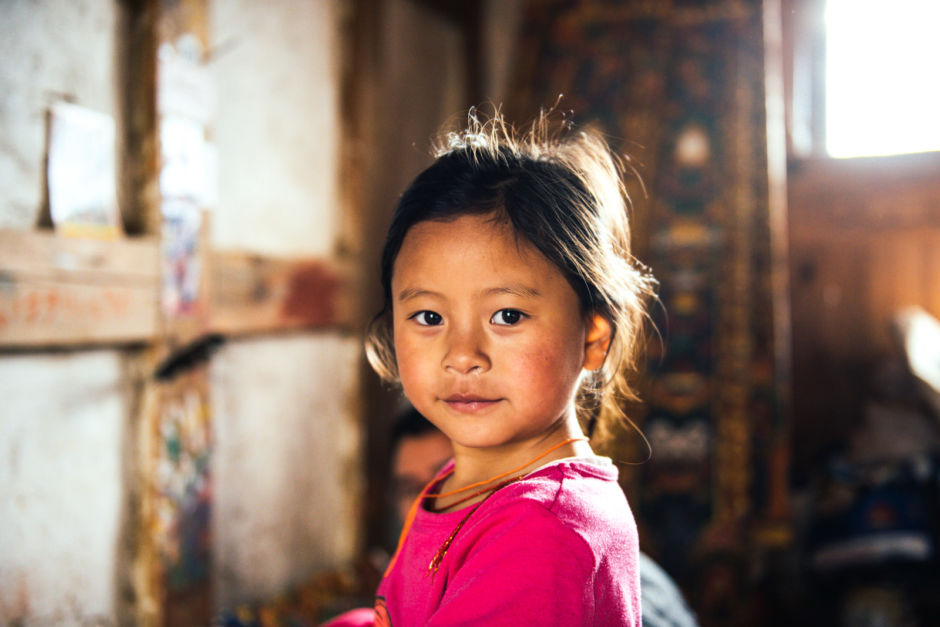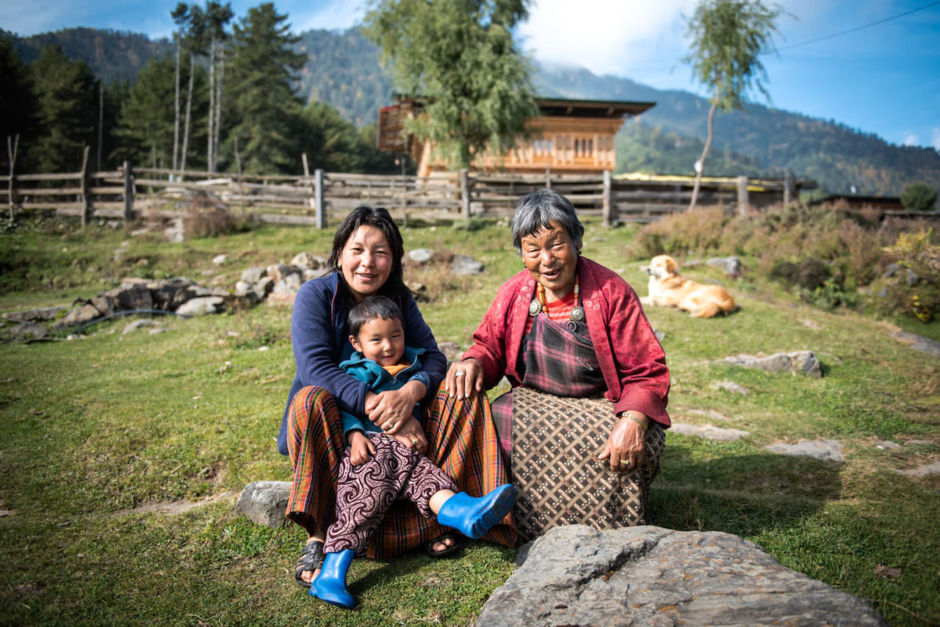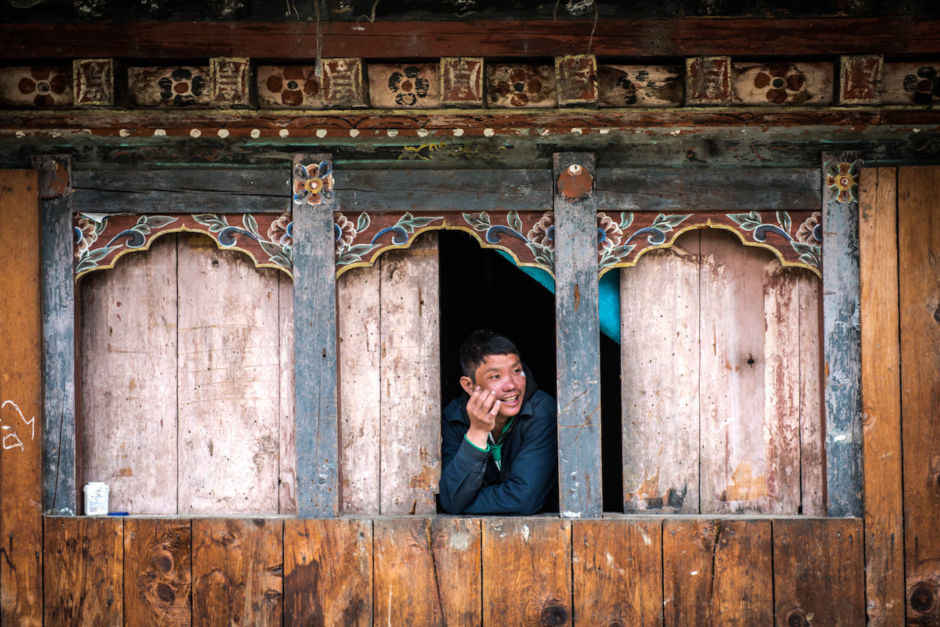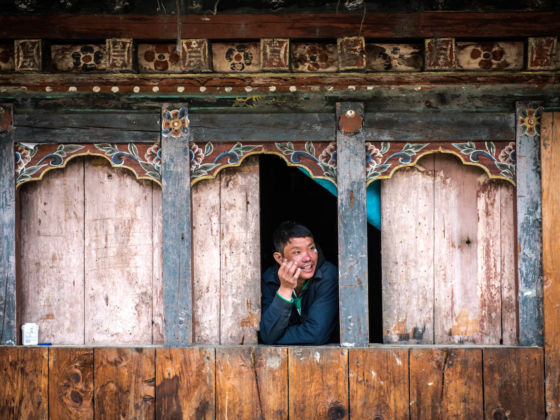Even if you don’t recognize the Kingdom of Bhutan by name, you’ve definitely seen pictures of it. The landlocked South Asian country between China, Tibet, and India straddles some epic Himalayan mountains, and the scenery is some of the most photographed in the world. While the landscape is truly spectacular, most people would struggle to list a single other feature of the country; its culture, politics, and people are almost always overlooked in favor of lush green hills, snow-capped peaks, and dazzling temples. On my recent journey to Bhutan, I tried to correct this through meeting and getting to know local Bhutanese people; it was only then that I felt I began to understand this place. Here are just some of the people I met during my travels — people who showed me that Bhutan is about so much more than its mountains.
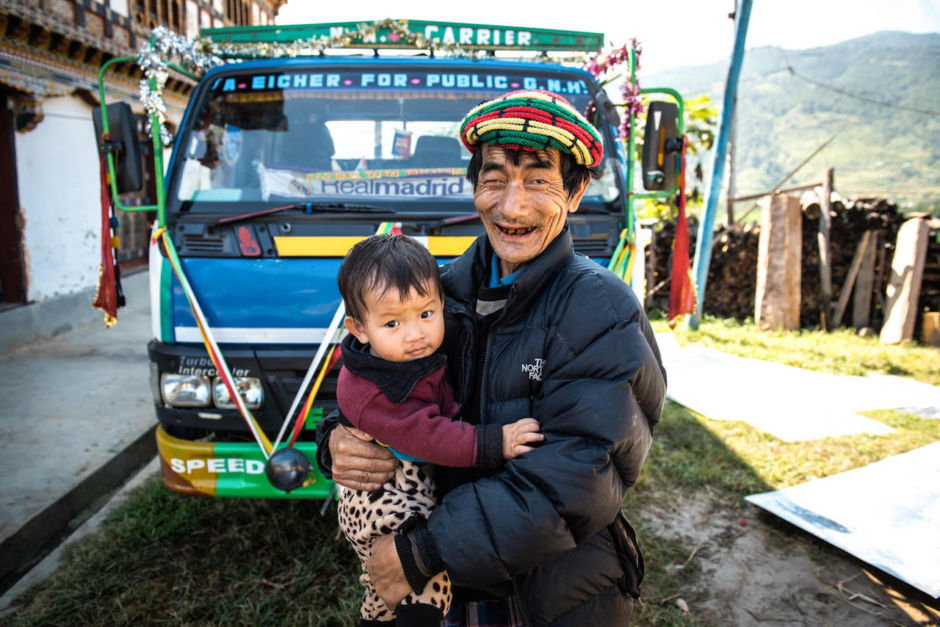
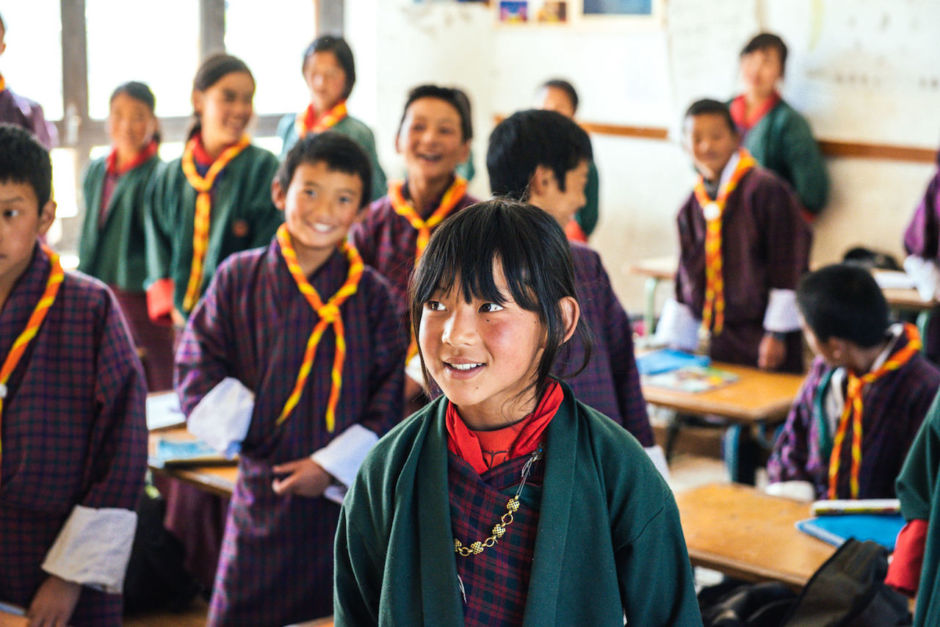

Intermission
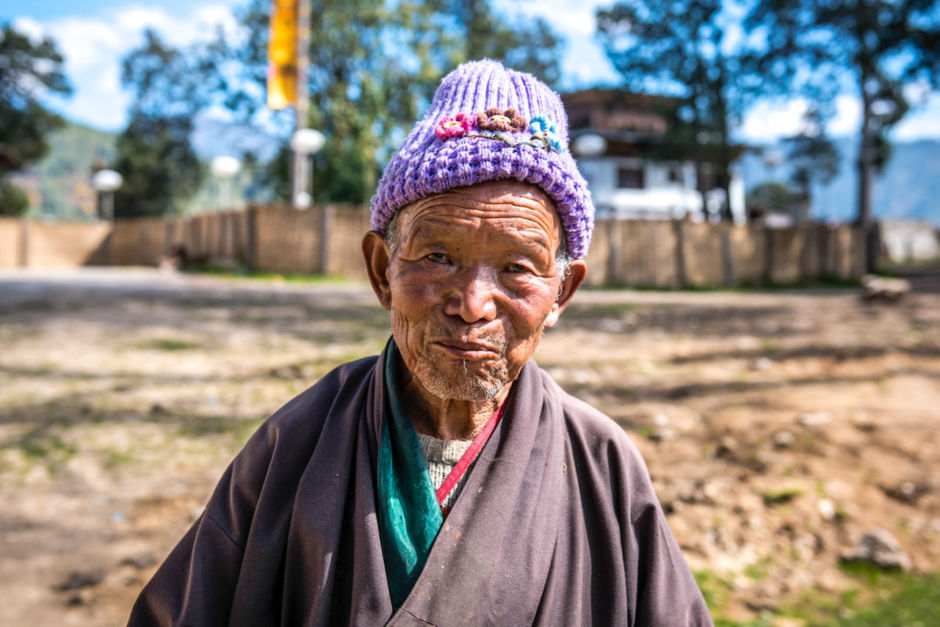
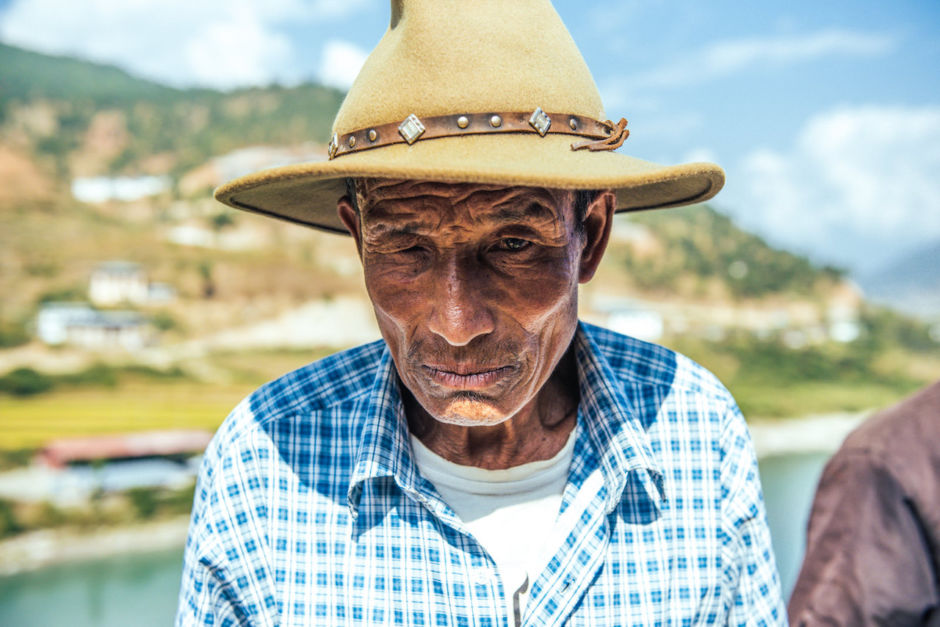
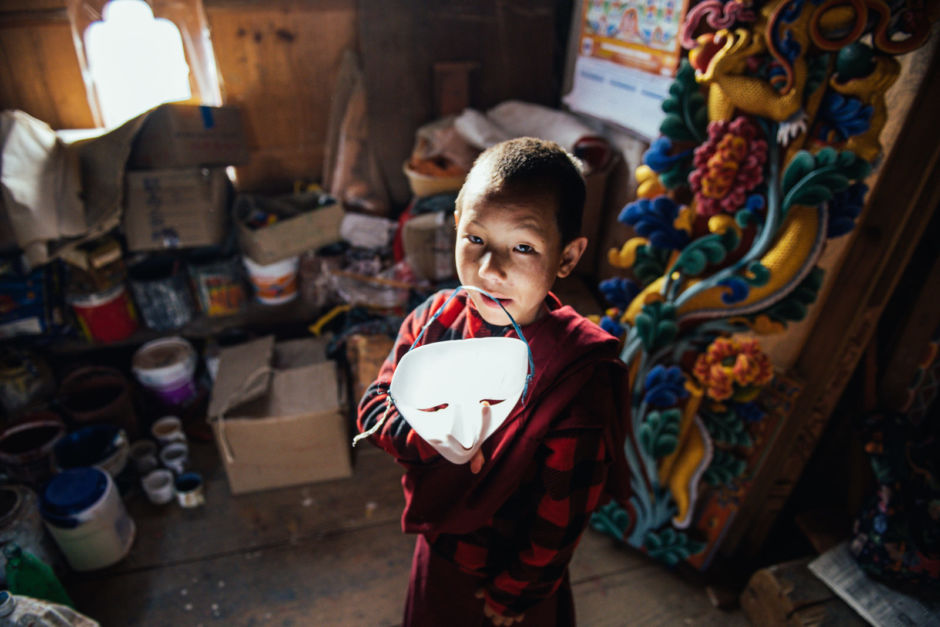

Intermission
